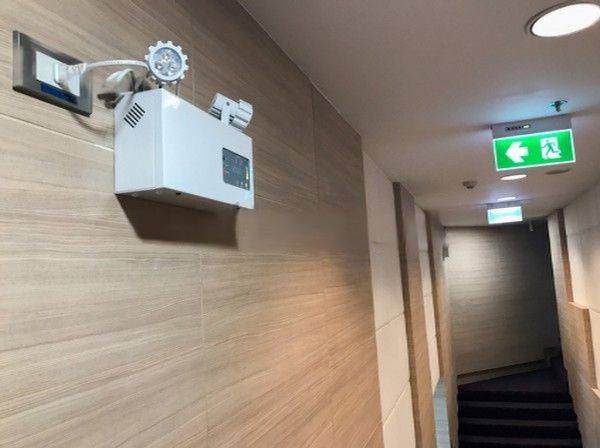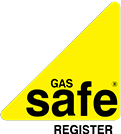Booking and Payment Options
At Pro Checks, we offer a range of payment options to make booking and paying for an appointment easy. You can pay with your credit/debit card or bank transfer.
1-3 Lights
Certificate-
Emergency Lighting Certificate - Any additional alarm will be at £20 each
Emergency Lighting Certificate
Emergency lighting certificate in UK is created as per Emergency Lighting (Safety) Regulations 1997. Emergency lights are required to be installed in all buildings and places as specified by Emergency Equipment (Safety) Regulations 1997. Emergency lighting certificate is valid for five years, and emergency lights should be properly maintained during this period. Emergency lights are required to be inspected annually and certified within the time limits specified by Emergency Lighting (Safety) Regulations 1997. Emergency lighting certificate can also be issued for a shorter duration, if appropriate. Emergency lighting certificate is not required for buildings or places that have an emergency light system with rechargeable battery or solar-powered generator.
REGULATION
ELC is a requirement for large commercial buildings and HMO Properties in accordance with regulation based on BS 5226-1 2005.
Emergency Lights are used for following reasons:

They are used for purposes such as:
- Emergency illumination during power failures or other emergencies. Emergency lights can also be installed in high-powered outdoor floodlights to provide temporary lighting when the electrical power has been interrupted
- Emergency exit and way finding signs. Emergency lights may be mounted in a building’s emergency exit sign so that it can remain lit for longer than battery backup lighting. Emergency way finding signs in an emergency evacuation route should have self-powered emergency lighting
- Temporary lighting of enclosed spaces or pathways. Emergency lights can be used to light a room, hallway, or access area (to avoid tripping hazards) until power is restored and general lighting is activated
- Emergency warning systems for hazardous locations.
Self-Contained Emergency Light
Self-contained Emergency Lights are used in the UK. It is a product that has a self-contained power supply and relies on this power supply for operation which provides an emergency lighting when the normal electricity supply fails. Emergency lights are a necessary addition to any home or office environment. Emergency lamps come in many different shapes, sizes, and colors. Emergency lamps tend to be made of more durable materials than typical residential lighting fixtures because they will inevitably get bumped around or exposed to bad weather at some point, therefore there is no need to have anything more expensive than necessary.
Emergency Lights are a necessity for any office space as well as homes since they provide illumination when there is no electricity or in case of emergency related to Fire.
Central Battery Emergency Lighting
A central battery Emergency Lighting is a system that uses lead-acid batteries to power emergency lighting. The batteries are usually located in the basement, and this basement also has a separate power supply for the Emergency Lighting circuit. Emergency Lighting is required in most buildings with more than 200 square meters of floor area and in public spaces. Emergency Lighting systems can be clustered into four types: electrical, self-generating, solar-powered or generator powered.
Areas that should be covered by Emergency Lighting
Emergency lighting is required to be installed in high-risk areas
1. Emergency Lighting installation should cover hallways, corridors, stairwells and any other type of public/commercial space that has an entrance on more than one level.
2. Emergency Lighting installations also need to comply with Building Regulations which are usually issued by local authorities.
3. Emergency Lighting should have a minimum light output (lumen) of 300 for buildings such as schools, offices or hospitals.
4. Emergency Lighting can also be used outdoors at night where there's no artificial lighting like petrol stations or car parks.
Approved By


